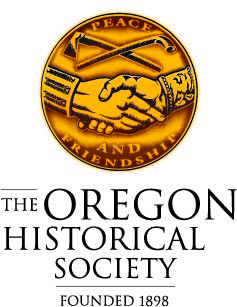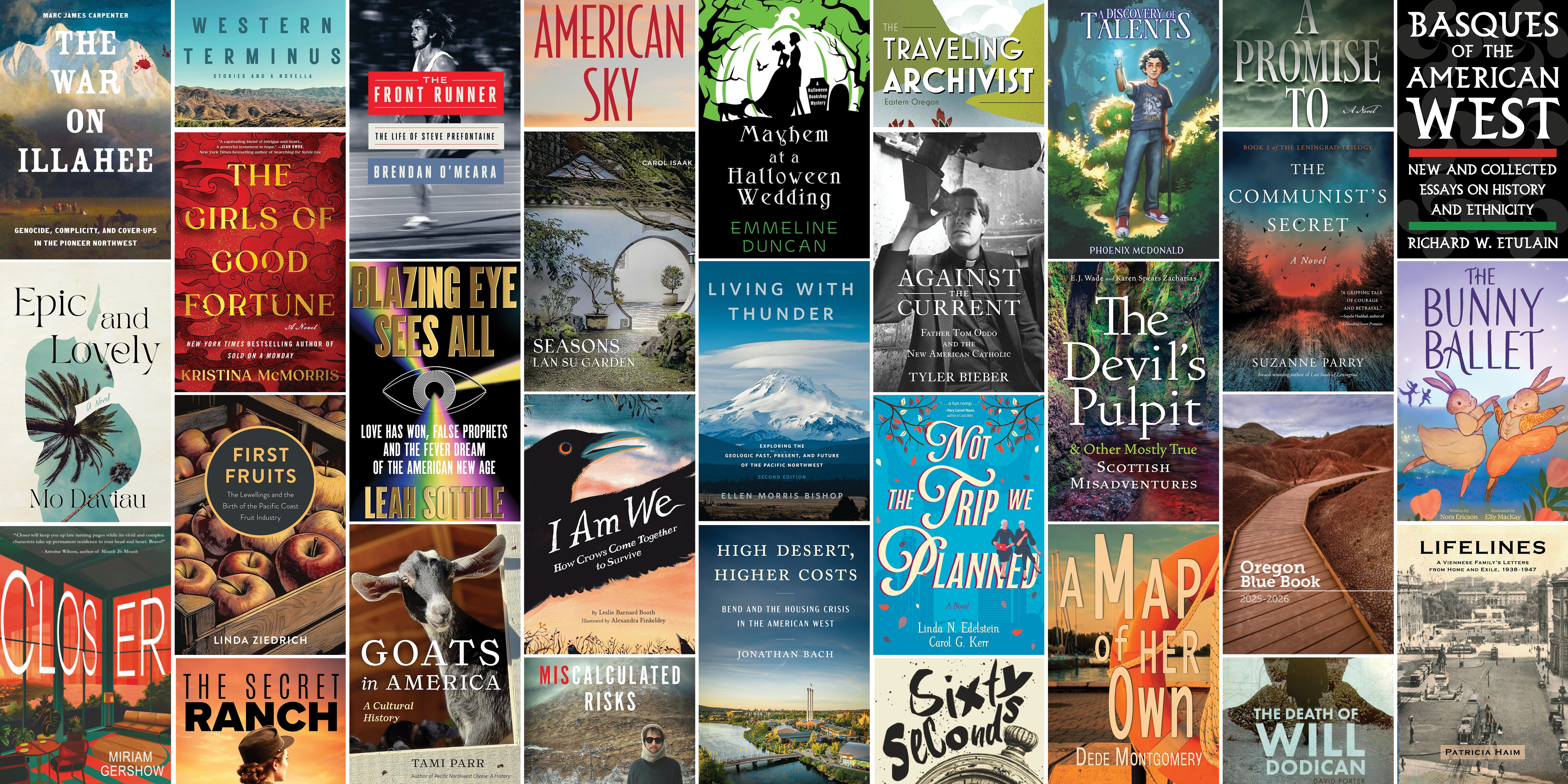This Sunday! Meet 65+ Oregon Authors At The 56th Annual Holiday Cheer Book Sale At The Oregon Historical Society Dec. 7 (Photo) - 12/02/25
Portland, OR — Kick off the holiday season on Sunday, December 7 at Holiday Cheer: A Celebration of Oregon Authors. Visit with more than 65 local writers from 12pm to 4pm as you sip on hot cocoa, enjoy festive treats, and get a jump on your holiday shopping! Admission is free and includes access to both the book sale and museum exhibitions.
This year, some of the Pacific Northwest’s most prominent authors will be at OHS selling everything from children’s books to guidebooks to mysteries to histories! Featured authors include New York Times bestselling historical fiction author Kristina McMorris, Oregon Secretary of State Tobias Read, journalist and podcaster Leah Sottile, and Steve Prefontaine biographer Brendan O’Meara. View a full list of participating authors at ohs.org/holidaycheer.
To add to the festivities, the popular Meier & Frank Santaland display will be back on view! Generations of Oregonians have fond memories of the downtown Portland Meier & Frank department store’s Santaland. A ride on the iconic Monorail and a chance to sit on Santa’s lap became a Christmas tradition for many families. Following the closure of Macy’s downtown store (which purchased Meier & Frank in 2005), a small number of items from Santaland were donated to OHS, which have been displayed annually since 2018. Come share in the holiday cheer with a visit to this nostalgic display, featuring Rudolph, animatronic elves, holiday decor, a model of the beloved monorail. The well-remembered Cinnamon Bear costume from Lipman’s holiday traditions will also be on display.
The museum galleries will be open from 12pm to 5pm. In addition to Santaland, featured exhibitions will include:
- She Flies with Her Own Wings, a look at Oregon’s golden age of aviation in the 1930s that shares how flight reshaped lives and technology.
- June Drake: Preserving the Past to Shape the Future, a retrospective of photographer June D. Drake’s work documenting life in Silverton, Oregon, and surrounding areas and the evolution of rural Oregon over six decades.
- The Yasui Family: An American Story, which shares one Oregon family’s experiences of racism, incarceration, and their unwavering commitment to justice, reflecting broader civil rights struggles in America.
- “We Were All Living a Dream”, a photographic exhibition of Donna Pollach’s intimate portraits of feminist and lesbian communities in 1970s Portland, chronicling their activism, camaraderie, and challenges.
For 56 years, OHS has celebrated the state’s rich literary talents at this annual book signing event. Book sales at Holiday Cheer support the Oregon Historical Society’s mission to preserve our state’s history and make it accessible to everyone in ways that advance knowledge and inspire curiosity about all the people, places, and events that have shaped Oregon.
About the Oregon Historical Society
For more than 125 years, the Oregon Historical Society has served as the state’s collective memory, preserving a vast collection of objects, photographs, maps, manuscript materials, books, films, and oral histories. Our research library, museum, digital platforms, educational programming, and historical journal make Oregon’s history open and accessible to all. We exist because history is powerful, and because a history as deep and complex as Oregon’s cannot be contained within a single story or point of view.

